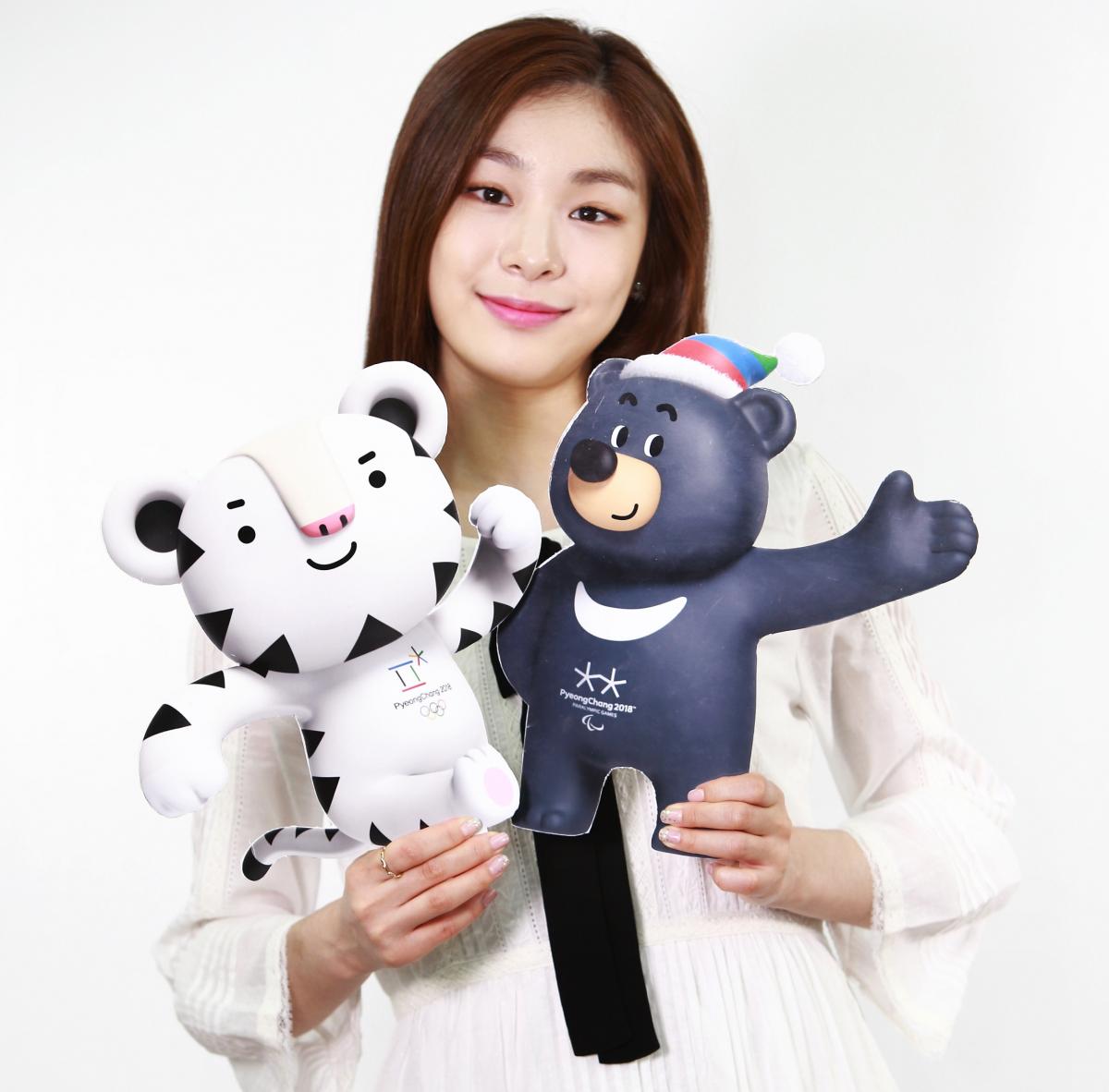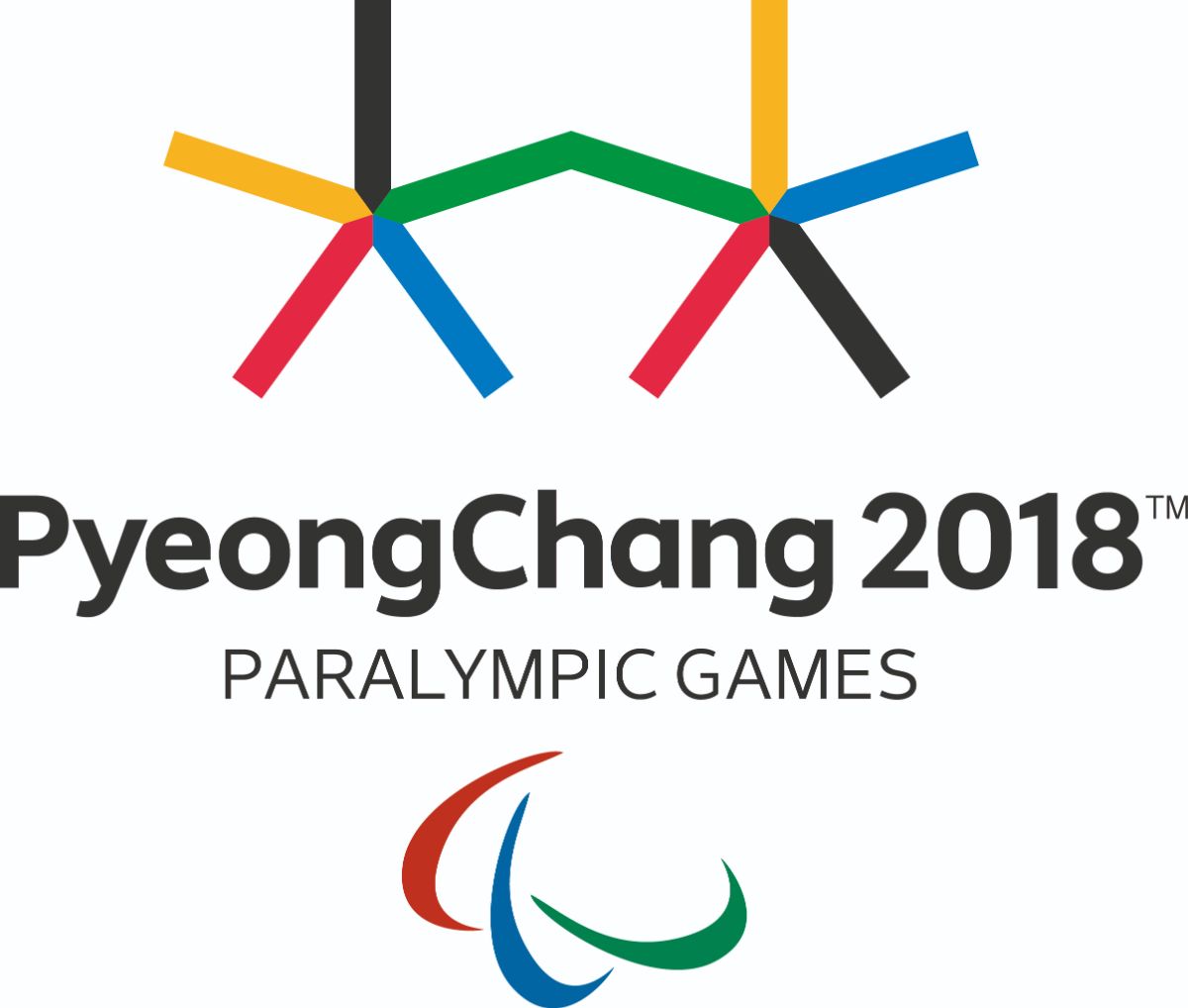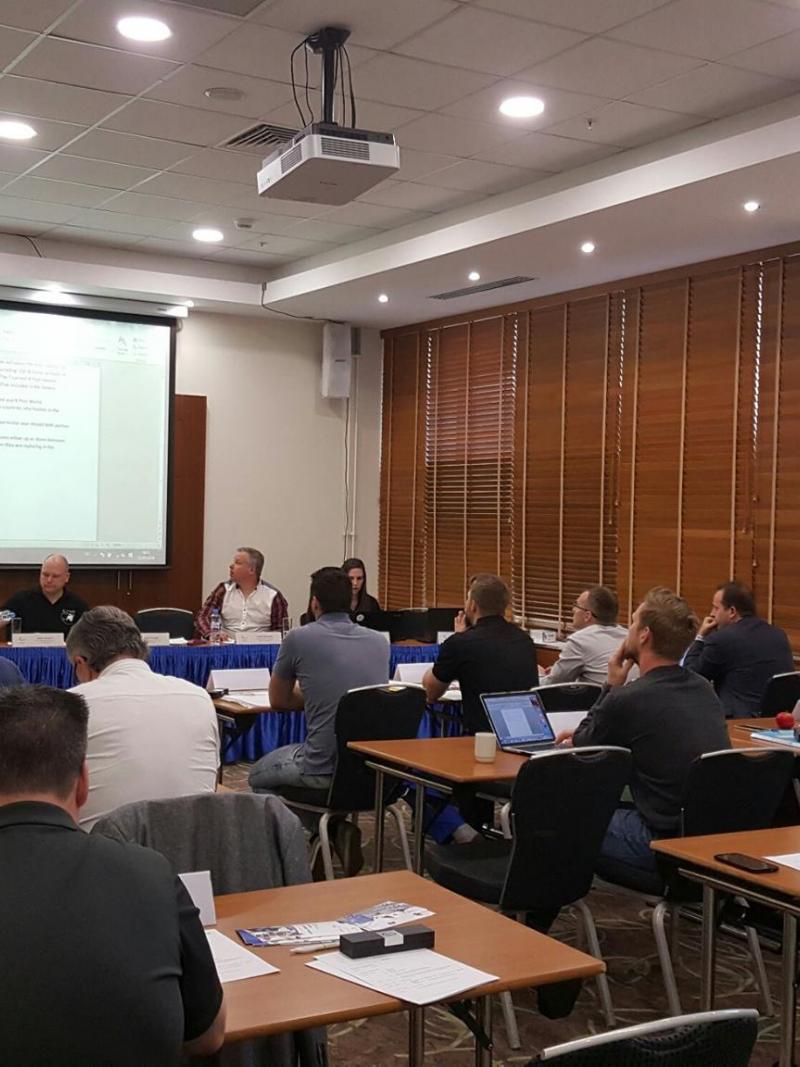PyeongChang 2018 Paralympic mascot is launched
“Bandabi” the Asiatic Black Bear mascot is joined by “Soohorang” a white tiger which will be the mascot of the Olympic Winter Games. 02 Jun 2016
Honorary Ambassador Yuna Kim shows the official mascots for the 2018 Olympic and Paralympic Winter Games: An Asiatic black bear named “Bandabi” and a white tiger named “Soohorang”.
The official mascots for the 2018 Olympic and Paralympic Winter Games were launched on Thursday (2 June).
An Asiatic black bear named “Bandabi” and a white tiger named “Soohorang” will each represent the Paralympic and Olympic Winter Games. Both animals appear in South Korea’s foundation mythology and are closely associated with Korean culture and folklore.
The mascots were finalised after the PyeongChang 2018 Organising Committee's presentation of the Olympic mascot to the IOC Executive Board held in Lausanne and the IPC's prior approval of the Paralympic mascot.
Introducing Bandabi – the Paralympic mascot
The bear is symbolic of strong will and courage. The Asiatic Black Bear is also the symbol animal of Gangwon Province. In the name “Bandabi,” “banda” comes from “bandal” meaning “half-moon”, indicating the white crescent on the chest of the Asiatic Black Bear, and “bi” has the meaning of celebrating the Games.
Sir Philip Craven, IPC President, said, “I am delighted to welcome ‘Bandabi’ to the Paralympic Family of mascots. Over the coming months ‘Bandabi’ will represent the spirit of the PyeongChang 2018 Paralympic Winter Games and help to convey the Paralympic vison and values to millions of people all around the world.”
Both mascots are designed to express a wide spectrum of emotions such as passion, joy, enthusiasm and love to actively engage the public. This type of design reflects Korea’s unique contemporary cultural trend of using visual characters to express emotions. Anyone and everyone will be able to use the mascots across a multiple choice of digital platforms and promote the PyeongChang 2018 Winter Games through interactive communication.
POCOG President LEE Hee-beom said: “The mascots have been designed to embody the collective will of everyone for the successful hosting of the Olympic and Paralympic Games in 2018, and experts of various fields contributed in the process. The mascots will now spearhead our communication activities and marketing initiatives. With today’s meaningful step forward, POCOG will use the momentum to gain more public support and excitement for the Games.”
Sir Philip Craven, IPC President, said, “I am delighted to welcome ‘Bandabi’ to the Paralympic Family of mascots. Over the coming months ‘Bandabi’ will represent the spirit of the PyeongChang 2018 Paralympic Winter Games and help to convey the Paralympic vison and values to millions of people all around the world.”
“Paralympic mascots are iconic and essential parts of any Games. Like the Paralympians who will compete at PyeongChang 2018, bears are strong, courageous and determined creatures who make the most of their surroundings. Bears are also seen as friendly and cuddly, and I am excited to see how ‘Bandabi’ interacts with the public between now and the Games,” he added.
Following this announcement, POCOG will hold launching ceremonies in July to introduce “Soohorang” and “Bandabi” at Seoul and PyeongChang. The mascots will make their international debut at the PyeongChang 2018 House during the Rio Games in August and September and continue their busy schedule by traveling all around Korea attending many events and exhibitions.











